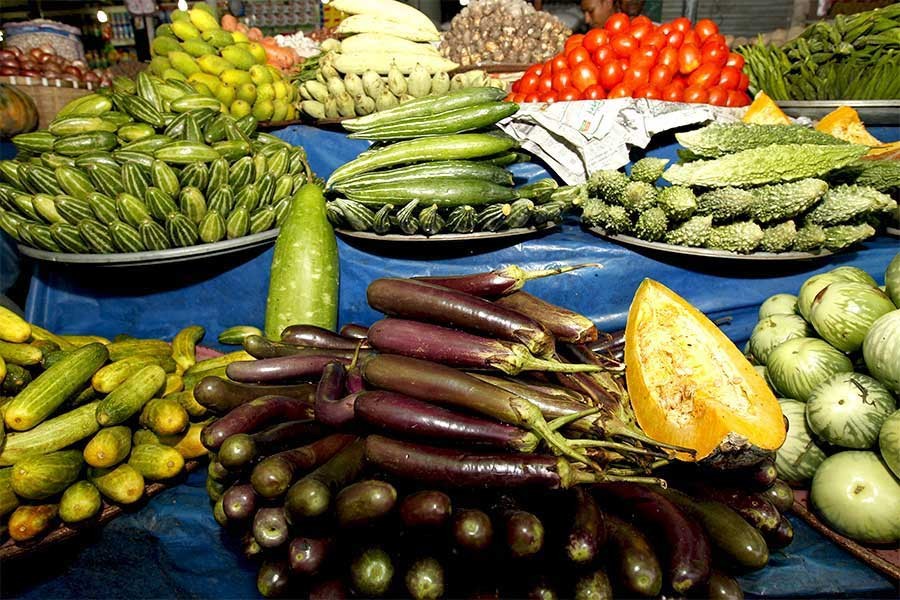Cost of living is going up. Prices of essential commodities, rice, fish, spices and vegetables are on the increase. Around 1.2 million of the country's 160 million people earn $2.0 a day. They are the low-income and poor people who can hardly make ends meet when prices of essentials are on increase.
The average price of rice soared by 20.4 per cent last year -- the highest since 2011 -- from that a year ago. And prices of coarse rice rose higher than that of fine rice which hit the poor and low-income people hard.
Onion saw the highest price hike this year, followed by other garlic and other vegetables. Local onion is scarce in the local market and sells at Tk 50 to Tk 60 per kg. Indian variety of onion, is, however, available at a lesser cost. The prices of garlic, ginger and eggs have registered substantial rise in the markets.
Bangladesh's economy is growing more than 7.0 per cent annually and per capita income has exceeded $1,600. The number of poor people has also declined remarkably. Yet, around 20 million people are still suffering from poverty and malnutrition. There is no alternative to keeping the prices of essentials within the reach of the poor.
Since early 1990s, the country has managed to halve the number of people living in extreme poverty to 20. In terms of human development and poverty reduction, Bangladesh has become an example. Still, more than 25 per cent of the total population lives in poverty and around 11 per cent in extreme poverty.
However, the government plans to bring down the number of people living in extreme poverty by a third by 2021. Only economic growth will not automatically trigger processes that will eradicate extreme poverty. In fact, the country needs additional interventions to eradicate extreme poverty.
The government says the current allocation for social programmes is in the range of 2.2 per cent of gross domestic product (GDP). But in reality, it is about 0.77 per cent for core social protection programmes, and will be less for the extreme poor. So, further injection of money for the core social protection programmes is required.
In order to reduce the vulnerability of the rural poor, there should be a permanent solution to the annual monga, a seasonal food crisis caused by lack of work. Also, there is a need for increasing investment in sustainable agricultural development to address the poverty situation. Any discussion on hunger and intervention must put the poor, marginalised section and women at the core of planning and investment.
The rate of the country's poverty reduction has, indeed, slowed down over the last few years despite government's increased expenditure, about 60 per cent of the annual budget outlays over the previous few years, on the reduction of hunger. Imbalanced budget spending across the country and development approach focused mainly on the central region are the major reasons for failure to achieve the inclusive growth as well as the desired level of poverty reduction.
The recent reduction in the national poverty rate shows uneven progress among different areas and communities as there are many areas where poverty is much extreme than the national figures suggest. The latest poverty map should enable policymakers to recognise the geographical and regional variations and spatial inequality as well as provide guidance for effective policy interventions and programmes based on local conditions.
In the circumstances, the country needs to raise its economic growth, replicate success stories in poverty reduction, ensure public services for the poor and increase allocation for real social programmes, to eliminate extreme poverty.


